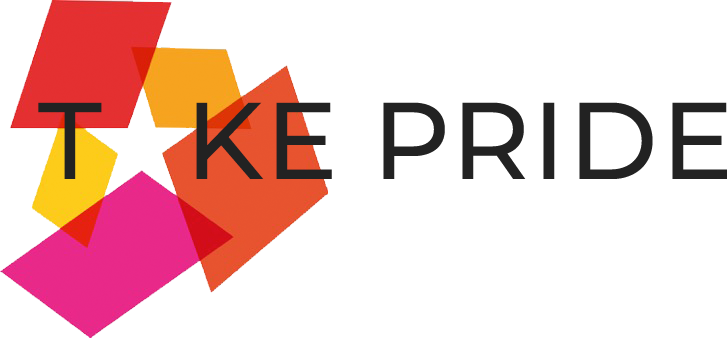One of the biggest challenges for me when I was an inhouse communications manager (with no team) was trying to get all my tasks done while still trying to maintain a sense of where I was going. On the good days, I felt like I was the only person in the company who actually knew what everyone did and how they all fit together. But on the bad days, I was just a mailbox for the managers to send out their random messages. And this is a problem I still hear from communicators right now: How can we be strategic thinkers when we simply have to deliver so much?
There’s also a challenge with how much we need to know, how well we need to understand it and the endless list of things we need to learn. It took me long enough to work my way round a communications strategy, but then the goal posts kept moving with new CEOs, new business strategies, new locations, more acquisitions, relocations, disruptive innovation, and don’t even mention technology. The words got longer, the days got longer, everyone got more connected and the world became more complicated.
And breathe.
At a particular point, I started wondering what all this effort was for. What was important and whether I was achieving anything. If I didn’t turn up for work in the morning, how long would it be before anyone actually noticed? Who would it impact and would anyone actually care. And that led me to thinking about purpose.
After a bit of de-cluttering and soul-searching, I realised that what I really cared about was people and business, and particularly the relationship that people have with their work. I wanted them to feel better, to be more fulfilled. I wanted them to work in positive cultures, where they could be successful and love their jobs. I wanted everyone to be more productive and organisations to be more successful too. From that moment on, I made it my purpose to make work better.
Having a purpose gave me an anchor. Other people call it a North Star, a guiding light. But it was the beginning of a framework that enabled me to hang everything else I was doing on. I still had masses to do, but I had more clarity. I used it to decide what was important to me, what would have more impact, to set my personal direction and prioritise my time.
Over the past few years I took a change of direction and I have spent my time creating the PRIDE Model, a new approach to employee engagement that explores exactly what it is that makes work a better place to be and how to build successful organisations through people. My book, Take Pride is written from my perspective as a communications professional and based on everything I have learned about people and organisations over the last twenty years, I wrote it because I wanted to share the thinking, add value and to make a difference.
Whether you are already working strategically with your Board, painting the big picture or down in the detail, delivering innovative communications channels for your employees, I believe that the PRIDE Model will give you a new way of looking at employee engagement and a practical framework that you can make your own.
If you’d like to hear more about the PRIDE model and how you can apply it to your organisation, why not come along to the
IoIC Masterclass that I’ll be delivering on the 30th of October – it promises to be an excellent opportunity to work through challenges, share experiences and carry on the conversation.

